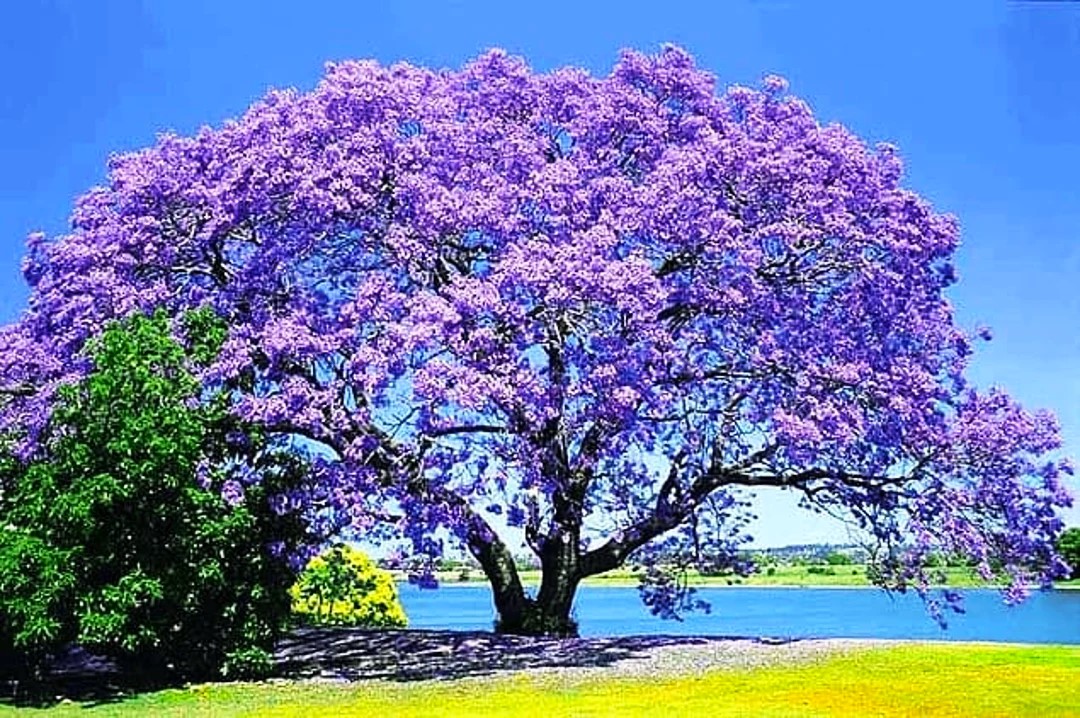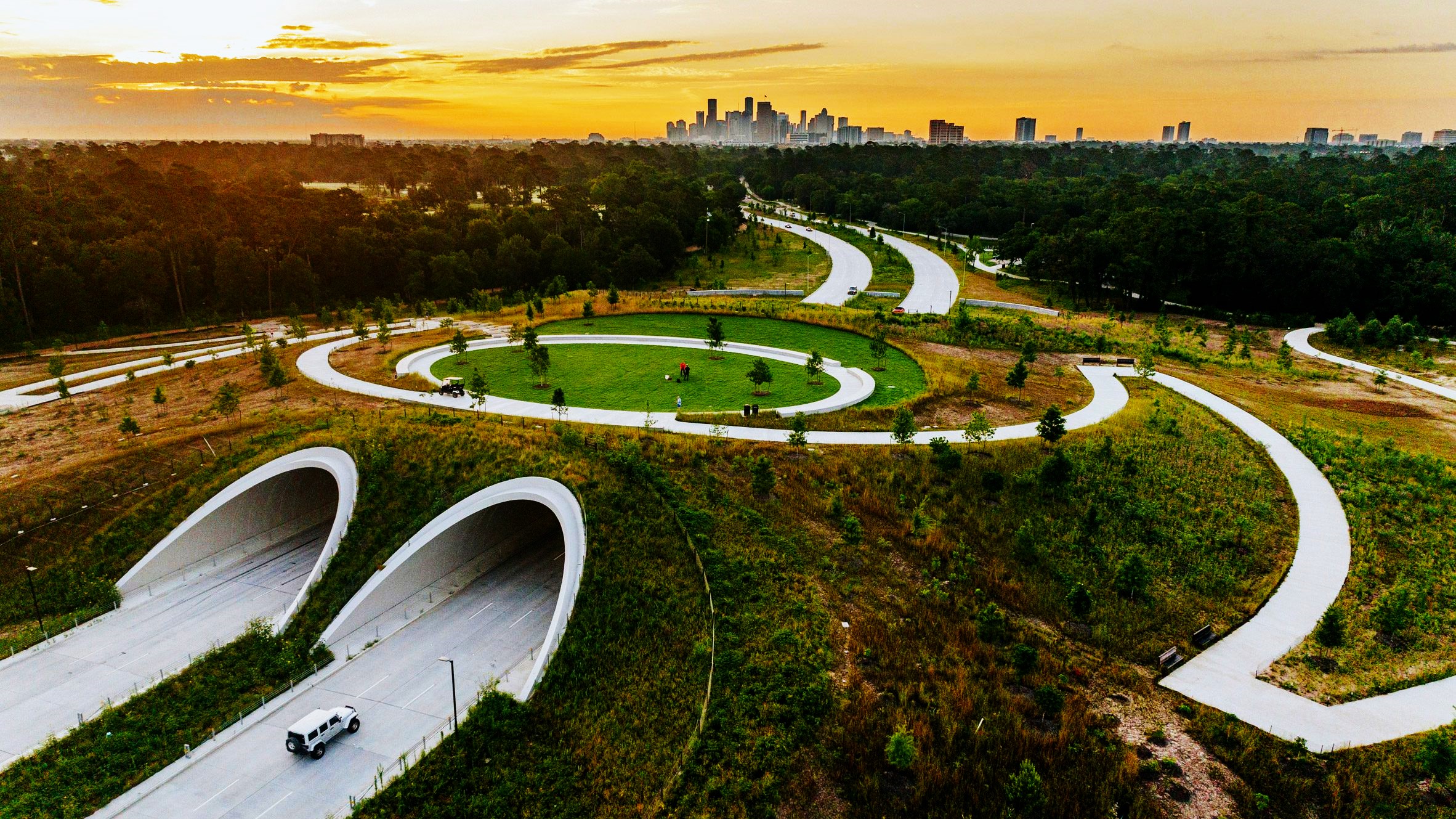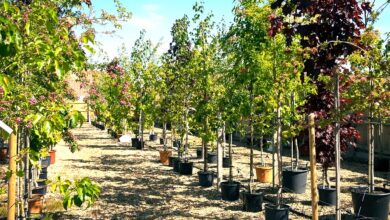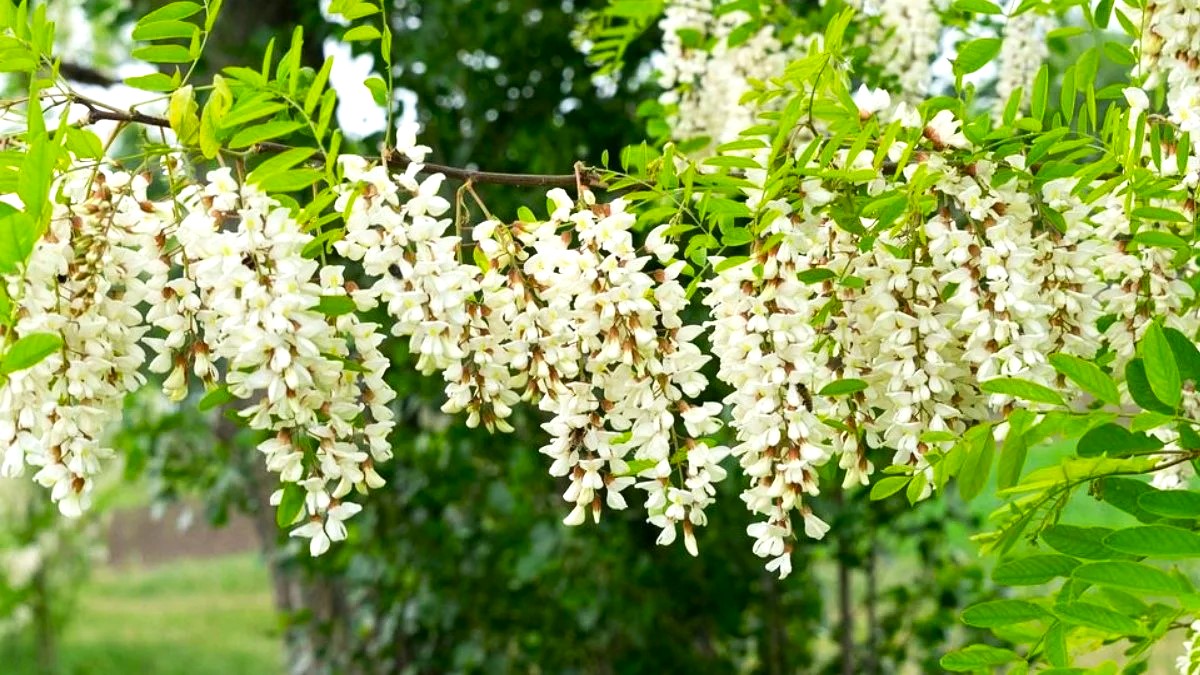How to Choose a Tree for Your Garden
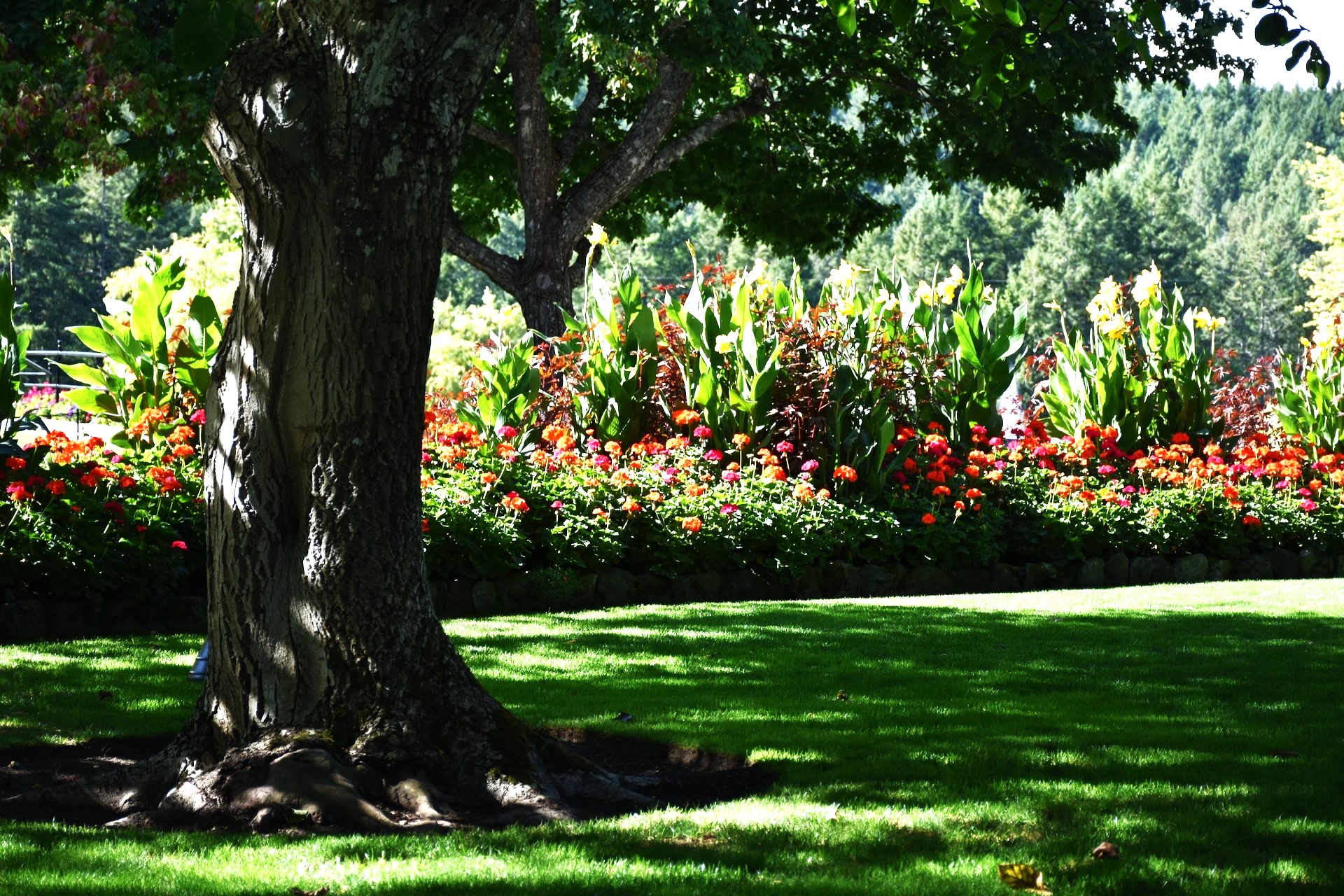
Selecting trees for your garden can be enjoyable, but it’s important to make the right choice at every stage. Planting a tree is one of the most satisfying acts one can perform. It’s a confident gamble on the future. A great sense of fulfillment and happiness is experienced during the planting hole excavation, young tree installation, and watering and tending process. Are you unsure about selecting a tree? We’ll provide you with plenty of advice to ensure that the event is a complete success.
Tips for Selecting Trees for Your Yard
Planting a tree seems like such an easy task. However, when selecting trees for your garden, there are a variety of factors to take into account. These include restrictions on size, features of trees, aspects related to disease and pests, and inquiries regarding invasiveness.
Think About the Dimensions of Your Space
It is obvious that not all spaces will be suitable for every size tree. A sugar maple or even a coastal redwood will be much too big to fit in a tiny cottage garden. Prior to thinking about the type of tree, measure the tree’s space in all directions with a tape measure. Make sure to look up as well to see if there are any electric wires that could restrict the height.
Think About Your Soil and Sunlight.
Certain trees thrive in full sun, and fruit trees need lots of sunlight to bear fruit. However, understory trees that grow naturally will not tolerate excessive sunlight and will much rather have patches of shade or even dappled sunlight. Keeping these things in mind, assess the planting site. Examine the soil while you’re there as well. Is it clay, loam, or sand? Additionally, take into account the exposure to wind. Half the battle is won when you choose a tree that thrives in the conditions you can provide.
Do the trees fall nuts or fruit?
You might not be affected by the debris a tree drops if your landscape is large. If you are planting a single tree in a small, tidy backyard, however, you should choose a tree that doesn’t drop an excessive amount of fruit, nuts, or even seed pods. Certain trees are just untidy, such as the Southern magnolia, which loses both its faded blossoms and its large, leathery leaves. You may conclude that the tree’s beauty justifies the cleanup, but you don’t want the falling debris to catch you off guard.
Seek Out Insect and Disease-Resistant Varieties
You should identify which areas are hotspots for specific diseases or seem to draw insect pests as soon as possible. Select a tree that is not an elm if you discover that a number of your neighbors have lost trees due to Dutch elm disease. As an alternative, look for resistant tree varieties.
Keep out of Invasive Species
Because they are easily propagated and able to elude cultivation, invasive species often end up in neighboring yards or nearby wild areas. This is detrimental to the regional ecology! It is best to avoid planting invasive tree species.
How to Select a High-Quality, Healthy Tree
Planting a healthy sapling is the simplest way to grow a healthy tree. It takes more effort than you might imagine, but the results are worthwhile. Here are some actions you should do.
1. Purchase from a Trusted Vendor
While it is possible to find inexpensive trees online, purchasing locally is generally the best option. Although the discounts are tempting, purchasing a plant from a nearby garden center allows you to view it before making a purchase. Information regarding the tree’s suitability for your location can be obtained from the store. And lastly, there are no additional shipping charges when you purchase locally.
2. Evaluate the Form and Shape
A quick inspection can reveal a lot about the tree’s quality. A straight trunk, a balanced crown, and, depending on the season, the proper indications of new growth, such as buds and leaves, should all be present.
The ideal tree to choose is one with a powerful, distinct central leader. The crown should be symmetrical and the branches should be evenly spaced. Steer clear of trees with flush cuts and branches that rub or cross one another.
3. Examine the Foundation
For even more details about a tree you are thinking about purchasing, examine the root ball. If you want your tree to develop deep roots, choose a tall root ball. If your soil is more clay-like than sand-like, choose a shallow, wide root ball.
4. Examine the burlapped and balled root balls.
A root ball that has been removed from the ground and covered in burlap for commercial purposes is referred to as a balled and burlapped root ball. Even though you won’t be able to examine the roots, you can still assess whether or not the root ball is large enough to hold the tree. Measuring 6 inches (15 cm) above the trunk flare, it should be roughly ten or twelve times the diameter of the trunk. This is the section of the trunk base that has an outward curve.
Additionally, check the burlapped root ball’s bottom for any large roots that may be emerging. Greater roots are a warning sign, but smaller roots aren’t a major problem.
5. Examine any damage or illness.
The quality of trees matters. It’s probably not a good tree to buy if you see broken branches, a split trunk, broken roots, or other structural damage. Look for indications of disease or insect damage on the tree as well.
6. Obtain a Promise
Reputable plant sellers typically provide a guarantee. Before purchasing the tree, make sure you are aware of the terms. For instance, if you remove the burlap before planting the tree, some growers won’t guarantee a balled and burlapped tree. Only when you are aware of the terms of the contract can you make an informed decision.

